Code
HCS33194
Weight
200 gm / 0.44 lbs
Size
Height
55cm (22") Width
30cm (12") Material
Cochin Brocade
Availability
Available

Safe Payment
We accept Paypal, Money Transfer, Bank Transfer
Confidence
Protection covers your purchase and personal data.
Worldwide Delivery
We ship Worldwide, except Russia.Shipping cost US$25.2 for upto 0.5 kgs

Hotline
Talk to help line for your question on 9841267335About Wall Hanging
Wall hangings with Buddhist motifs are a beautiful and meaningful way to add a touch of spirituality and cultural richness to your home or office decor. These wall hangings come in a variety of materials, including wood and metal, and feature intricate designs that are inspired by Buddhist art and symbolism.
Wooden wall hangings are typically made from high-quality, sustainably sourced wood, such as teak or mahogany. These hangings are often carved with intricate designs and feature images of Buddha, bodhisattvas, or other important figures in the Buddhist tradition. They can be hung on the wall using a hook or string and add a touch of natural warmth and texture to any space. Read More . . .
Wall hangings with Buddhist motifs are a beautiful and meaningful way to add a touch of spirituality and cultural richness to your home or office decor. These wall hangings come in a variety of materials, including wood and metal, and feature intricate designs that are inspired by Buddhist art and symbolism.
Wooden wall hangings are typically made from high-quality, sustainably sourced wood, such as teak or mahogany. These hangings are often carved with intricate designs and feature images of Buddha, bodhisattvas, or other important figures in the Buddhist tradition. They can be hung on the wall using a hook or string and add a touch of natural warmth and texture to any space. Read More . . .
Brief Introduction :
Kalachakra means the 'Wheel of Time' & offers tools to help you free yourself from cyclical existence [Skt. Samsara]. Samsara refers to patterns of behaviour such as habits & preconceived ideas concerning the nature of reality. Each of the tools held by the deity provides a specific solution. The sum of all of Kalachakra's attributes can lead you to pure consciousness beyond the normal conception of space & time.
Iconography :The idea of Kalachakra revolves around the concept of time [Skt. Kala] and the cycles [Skt. Chakra's] of existence. Everything from the cycles of a clock, the cycles of habit, the cycles of the planets through to the cycles of human breathing. Everything is the world is governed by cycles of time & the clearer we understand cyclical patterns the more we can work with them & liberate navigate towards a more enlightened state.Kalachakra is atemporally conjoined with his consort yellow Kalachakri in an embrace called Yab-Yum. Kalachakra has four heads, 24 arms & 2 legs. A principle head is blue, with a blue upper body & four blue left & four right arms. His two principle arms embrace Kalachakri. Additionaly a left red head, four red left, four right arms & a red left leg; a white right facing head, four white right arms & a white right leg. Kalachakra is an emanation of blue Akshobhya [Skt.] [Eng. unshakable which is why Kalachakra is predominately blue. The two other original transcendent Buddha Families (Meditation [Skt. Dhyana] Buddhas) depicted are red Amitabha [Skt.] meaning bearer of love who can greed into love & white Vairochana [Skt.] meaning illuminator who can snuff out delusion into realised wisdom. The wisdom energies of ddhist ArtAmitabha, Akshobhya & Vairochana respectively transmute greed, hatred & delusion tuning the Wheel of Life. His crossed two principle blue arms are in Victory over the Three Realms gesture [Skt. Triolyavijaya Mudra], also called the Humkara Mudra with reference to the syllable 'Hum'. The three realms form the Trikaya Principle of Nirmanakaya, Sambhogakaya & Dharmakaya. The right hand holds a vajra topped bell [Skt. Ghanta] (barely visible) symbolising female wisdom & a diamond [Skt. Vajra] sceptre which symbolises method or compassion. He wears a special necklace of interlocking Diamond Sceptres [Skt. Vajramala] & a second made of skulls [Skt Kapalamala]. He wears a tiger skin dhoti representing his power over hatred. He stands & subdues two four armed demons. One of his left hands holds a blue wooden club [Skt. Danda] representing the crushing of the veils of ignorance. The top left red hand holds a hammer [Skt. Mudgara] representing the destruction of greed. The head of the hammer is bell-shaped symbolising the female wisdom quality, the vajra-shaped back part representing the male method quality & surmounted by a jewel representing conviction. The third red left hand holds an iron hook [elephant goad] with a vajra pommel [Skt. Vajrankush] which represents subjugating negative afflictions. The fourth red hand holds three unkindled firebrands [Skt. Agnidanda or Jvaladanda] often shown as three fire arrows [Skt. Agnibana] representing the power of subjugating the three original Kleshas being greed, hatred & delusion which form the centre of the Wheel of Life.
The top right white hand holds the Four Heads of Brahma [Skt. Brahmashiras] representing the severance of all conceptualisations & development of the four measureless states being loving kindness [Skt. Metta], sympathetic joy [Skt. Mudita], equanimity [Skt. Upekka] & lastly compassion [Skt. Karuna] which themselves know no bounds. The Four abodes are also known as the Temples of Brahma. The third white hand holds a sun disc [Skt Suryachakra] representing absolute truth with the third blue hand holding a moon disc representing awoken realisation of relative truth. His fourth right white hand holds the right turning conch shell [Skt. Dakshinavarta Sangha] representing sound & the seed [Skt. bija] syllables, Buddhism according to the Dharmas. Descriptions the other shown hand-held attributes are found in Robert Beer's book The Handbook of Tibetan Symbols. The triangular diamond rock formation in the foreground represents the Source of Reality [Skt. Dharmadaya] within which the deities manifest & the principle of Trikaya arises. This is generated from emptiness by the syllable E which in Indian language is a Triangular shaped letter D.
Commentary :The top right white hand holds the Four Heads of Brahma [Skt. Brahmashiras] representing the severance of all conceptualisations & development of the four measureless states being loving kindness [Skt. Metta], sympathetic joy [Skt. Mudita], equanimity [Skt. Upekka] & lastly compassion [Skt. Karuna] which themselves know no bounds. The Four abodes are also known as the Temples of Brahma. The third white hand holds a sun disc [Skt Suryachakra] representing absolute truth with the third blue hand holding a moon disc representing awoken realisation of relative truth. His fourth right white hand holds the right turning conch shell [Skt. Dakshinavarta Sangha] representing sound & the seed [Skt. bija] syllables, Buddhism according to the Dharmas. Descriptions the other shown hand-held attributes are found in Robert Beer's book The Handbook of Tibetan Symbols. The triangular diamond rock formation in the foreground represents the Source of Reality [Skt. Dharmadaya] within which the deities manifest & the principle of Trikaya arises. This is generated from emptiness by the syllable E which in Indian language is a Triangular shaped letter D.
Yab-Yum is a Tibetan word meaning father-mother which describes Kalachakra in sexual union with his female consort Kalachakri. Yab-yum is generally understood to represent the primordial union of wisdom & compassion. In Buddhism the masculine form is active, representing either skilful means or compassion [Skt. Upaya] that should be developed for enlightenment. The feminine form is passive representing wisdom [Skt. Prajna]. United, the figures symbolize the union necessary to overcome the veils of Maya, the false duality of object & subject. Kalachakra is also a tutelary meditation[Skt. Ishtadevata; Tib. Yidam] deity.
Mantra of Kalachakra
OM AH HUM HOH HAM KSHAH MA LA VA RA YA HUM PHET


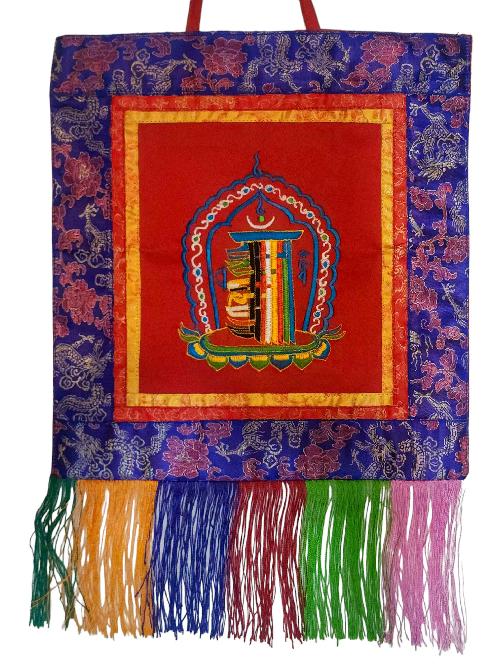
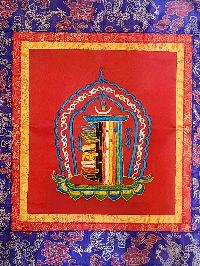
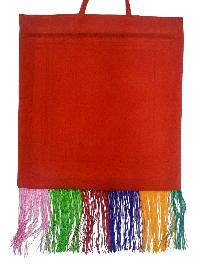

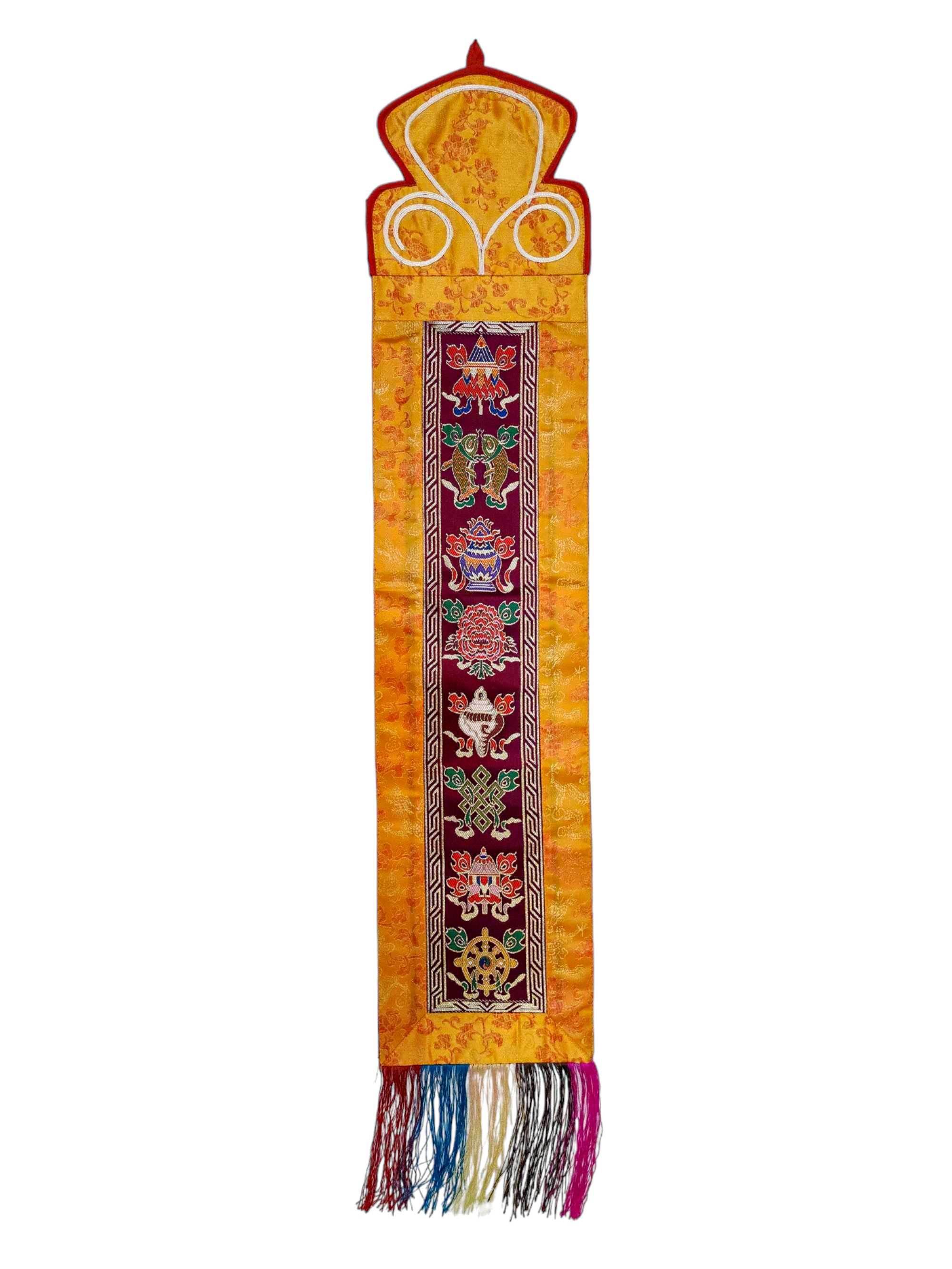 with Embroidered Ashtamangala" title="Tibetan Cochin Brocade Wall Hanging
with Embroidered Ashtamangala" title="Tibetan Cochin Brocade Wall Hanging 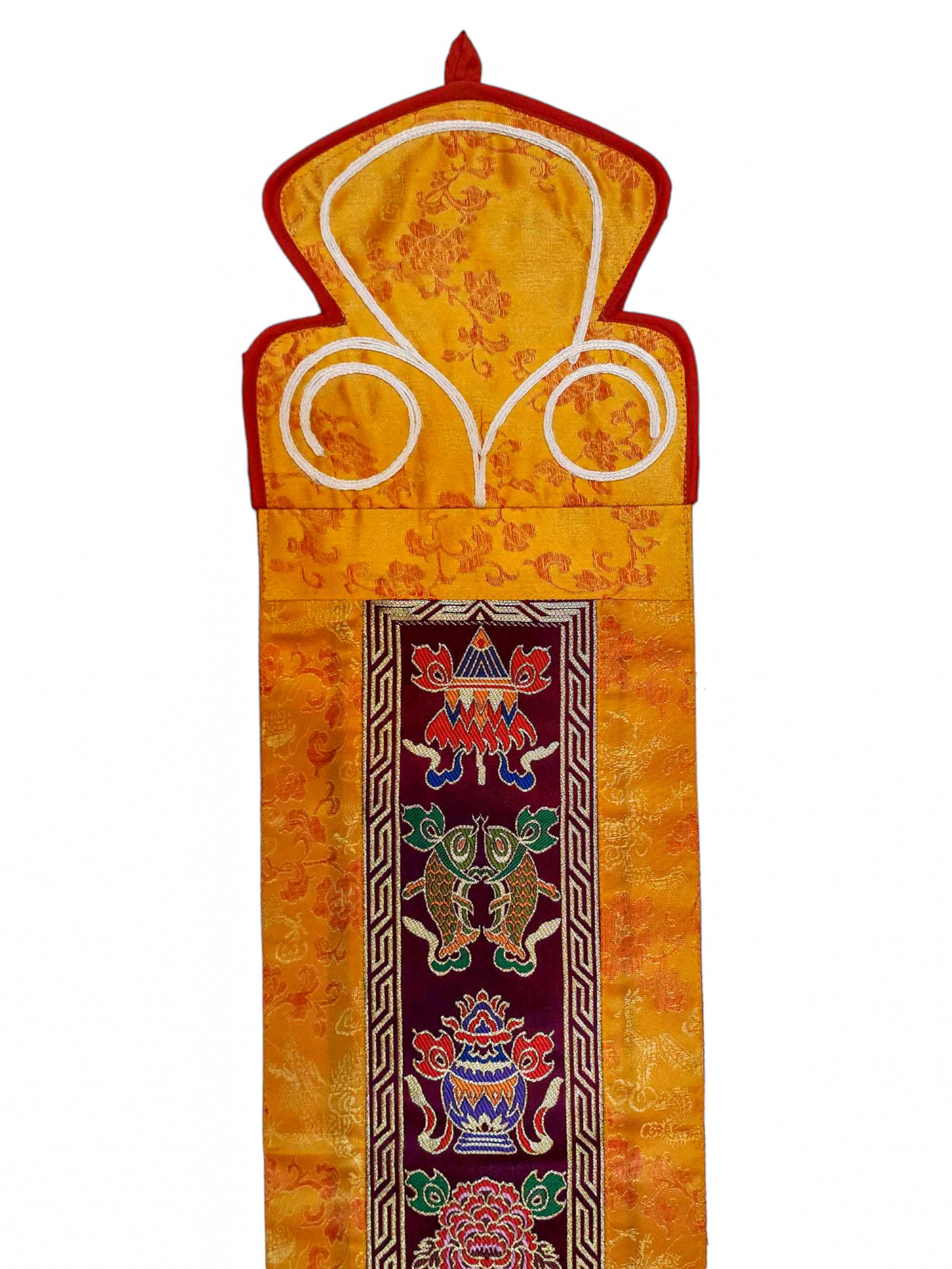 with Embroidered Ashtamangala" title="Tibetan Cochin Brocade Wall Hanging
with Embroidered Ashtamangala" title="Tibetan Cochin Brocade Wall Hanging 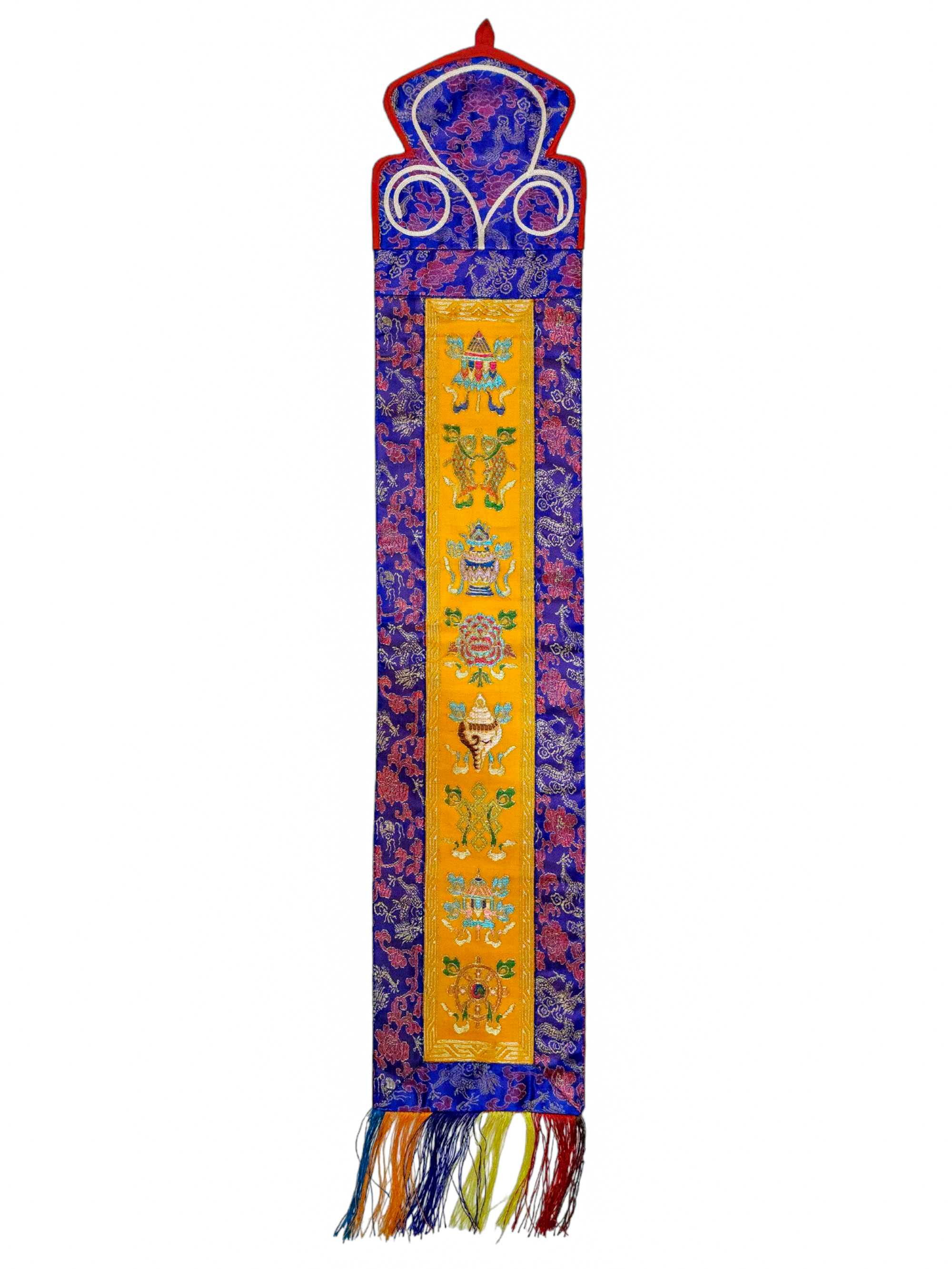 with Embroidered Ashtamangala" title="Tibetan Cochin Brocade Wall Hanging
with Embroidered Ashtamangala" title="Tibetan Cochin Brocade Wall Hanging 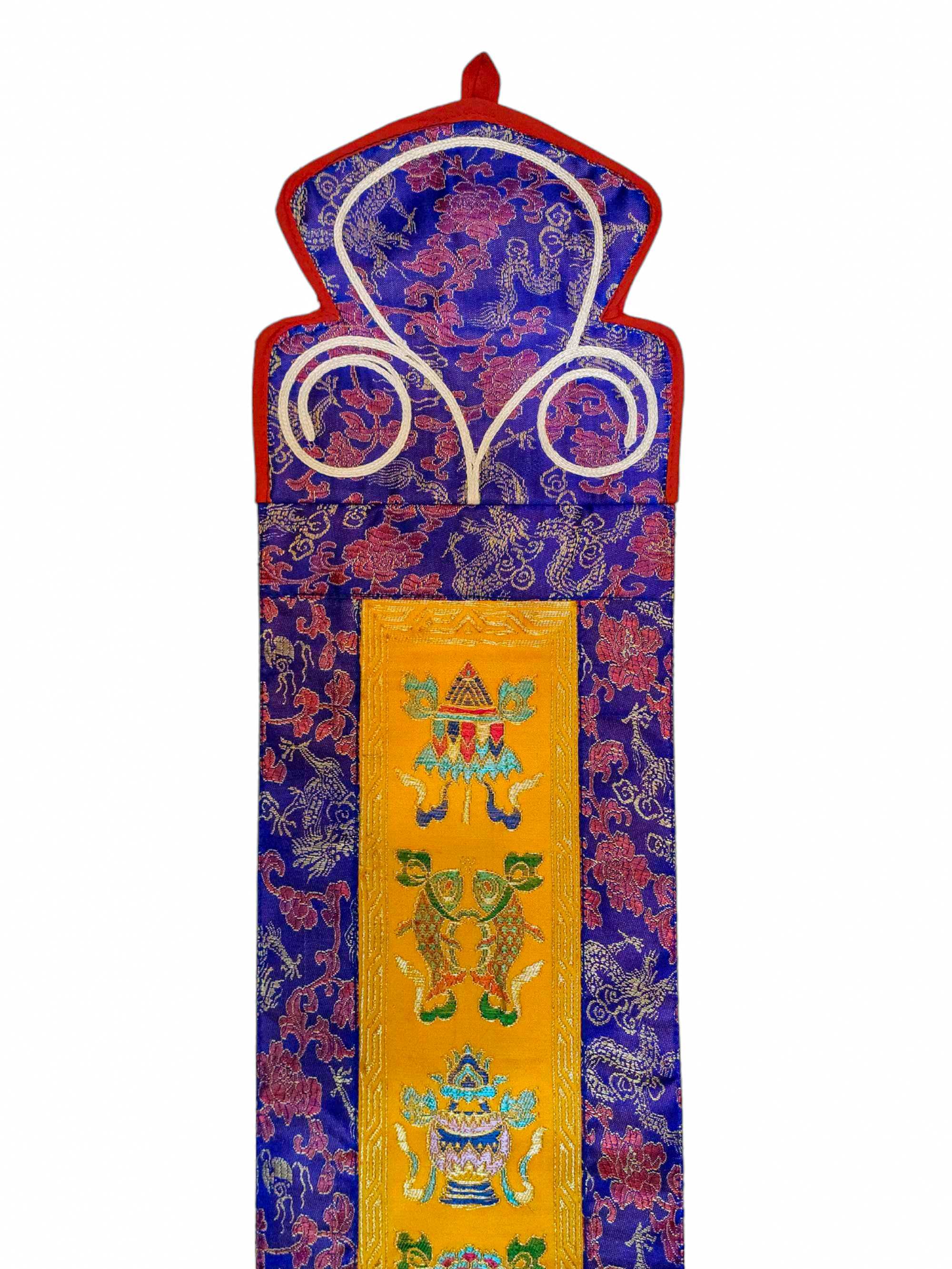 with Embroidered Ashtamangala" title="Tibetan Cochin Brocade Wall Hanging
with Embroidered Ashtamangala" title="Tibetan Cochin Brocade Wall Hanging 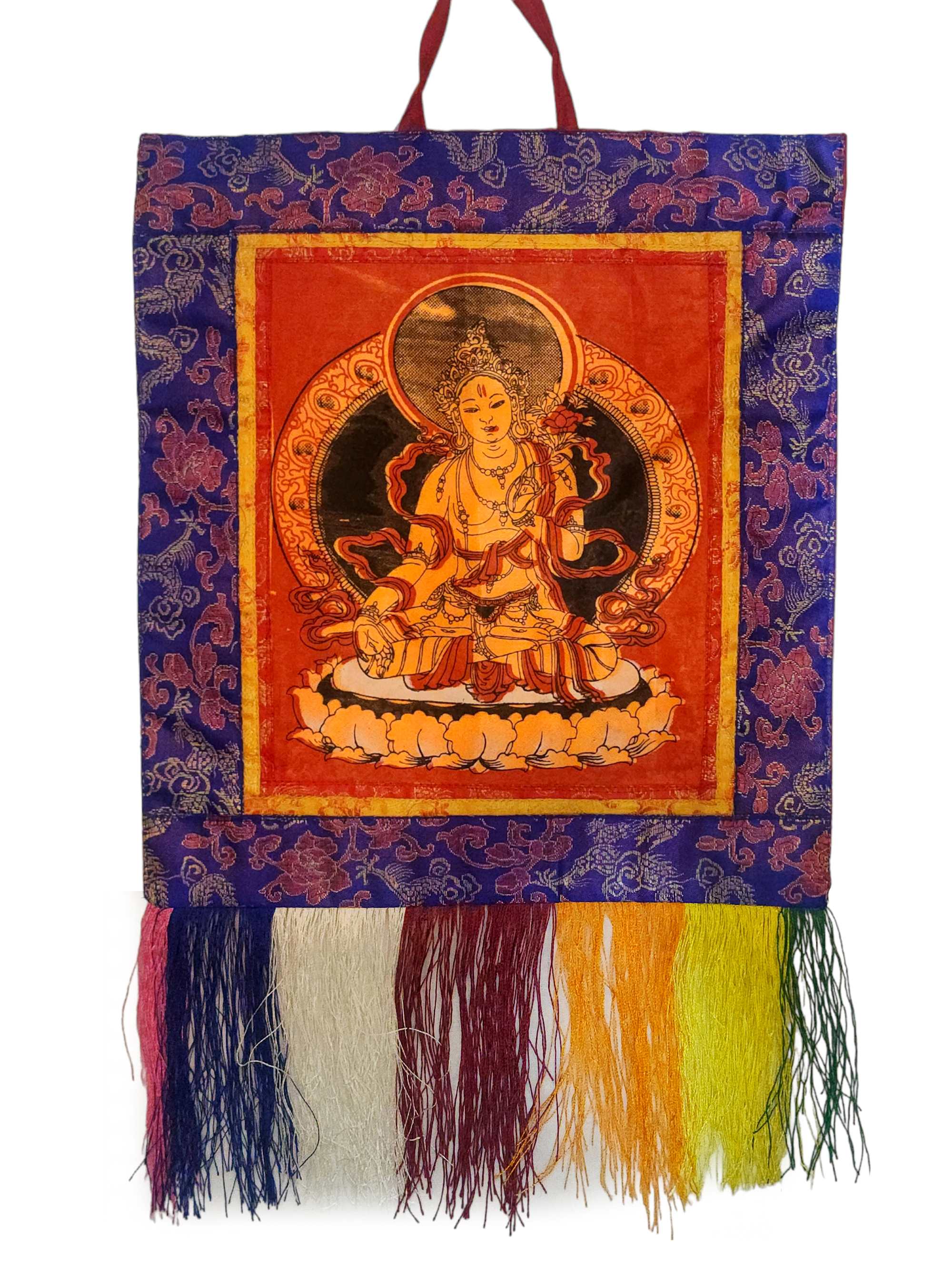 with Embroidered White Tara" title="Tibetan Cochin Brocade Wall Hanging
with Embroidered White Tara" title="Tibetan Cochin Brocade Wall Hanging 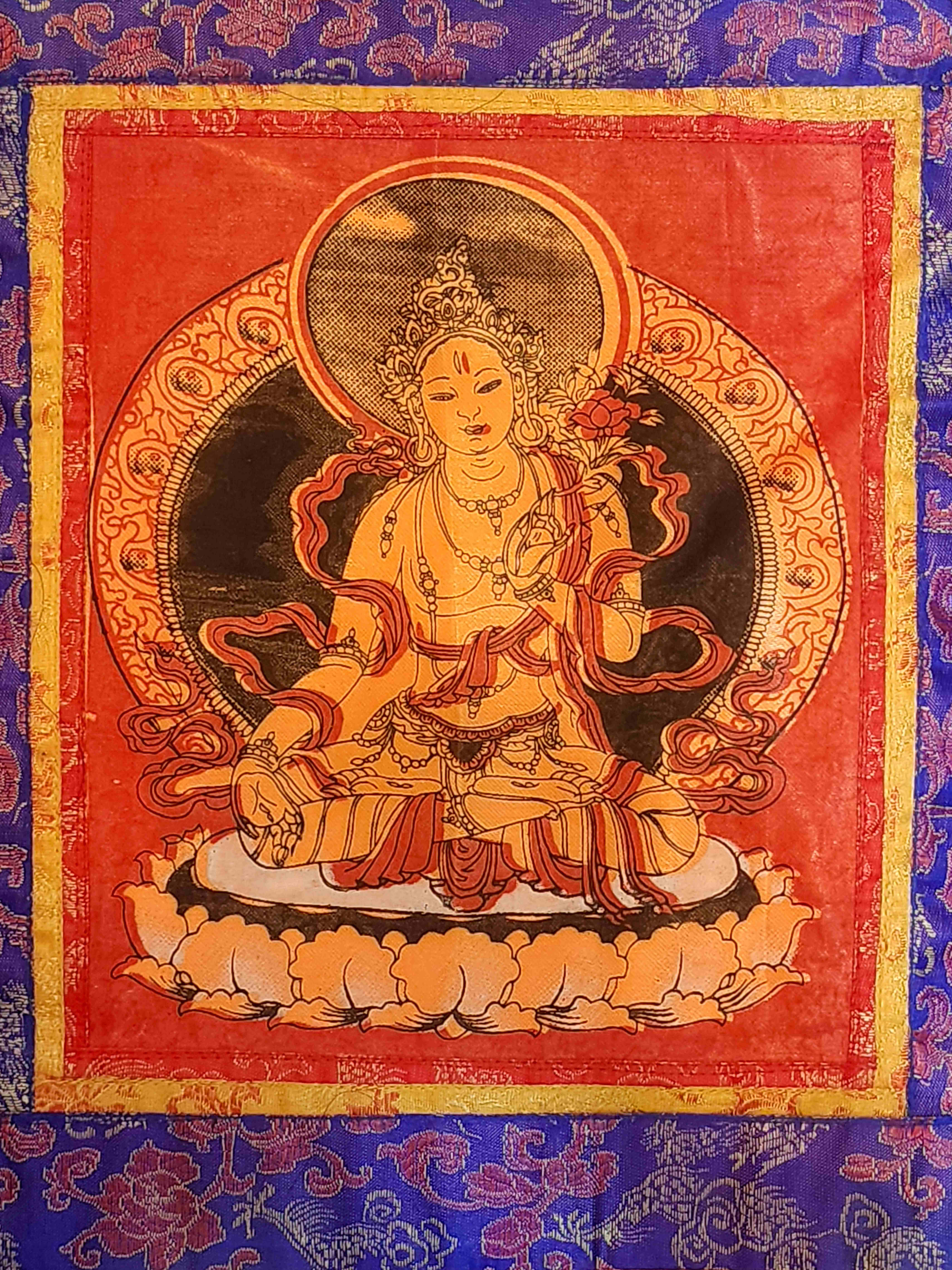 with Embroidered White Tara" title="Tibetan Cochin Brocade Wall Hanging
with Embroidered White Tara" title="Tibetan Cochin Brocade Wall Hanging 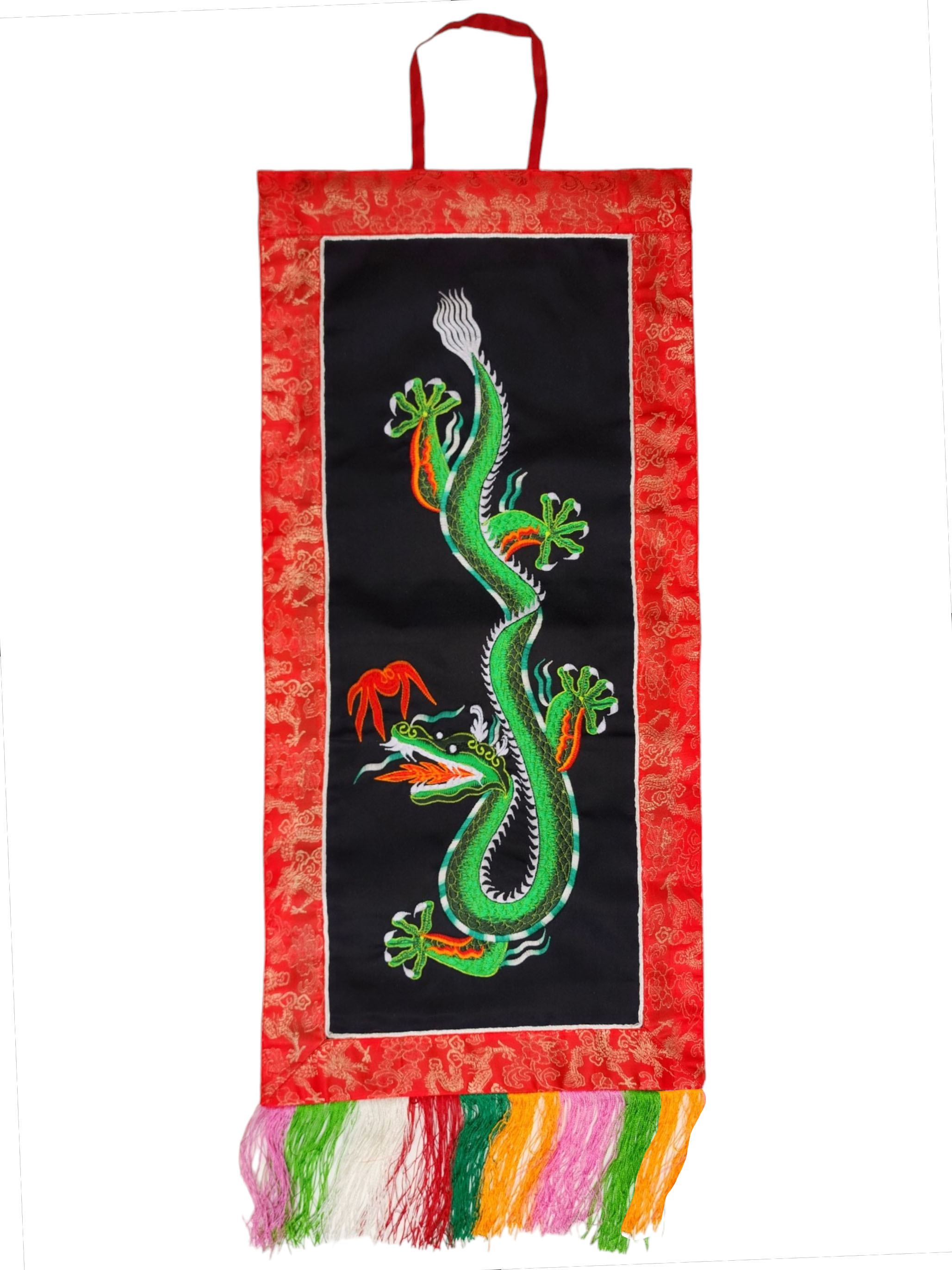 with Embroidered Dragon, Color" title="Tibetan Cochin Brocade Wall Hanging
with Embroidered Dragon, Color" title="Tibetan Cochin Brocade Wall Hanging  with Embroidered Dragon, Color" title="Tibetan Cochin Brocade Wall Hanging
with Embroidered Dragon, Color" title="Tibetan Cochin Brocade Wall Hanging  with Embroidered Ashtamangala" title="Tibetan Cochin Brocade Wall Hanging
with Embroidered Ashtamangala" title="Tibetan Cochin Brocade Wall Hanging  with Embroidered Ashtamangala" title="Tibetan Cochin Brocade Wall Hanging
with Embroidered Ashtamangala" title="Tibetan Cochin Brocade Wall Hanging 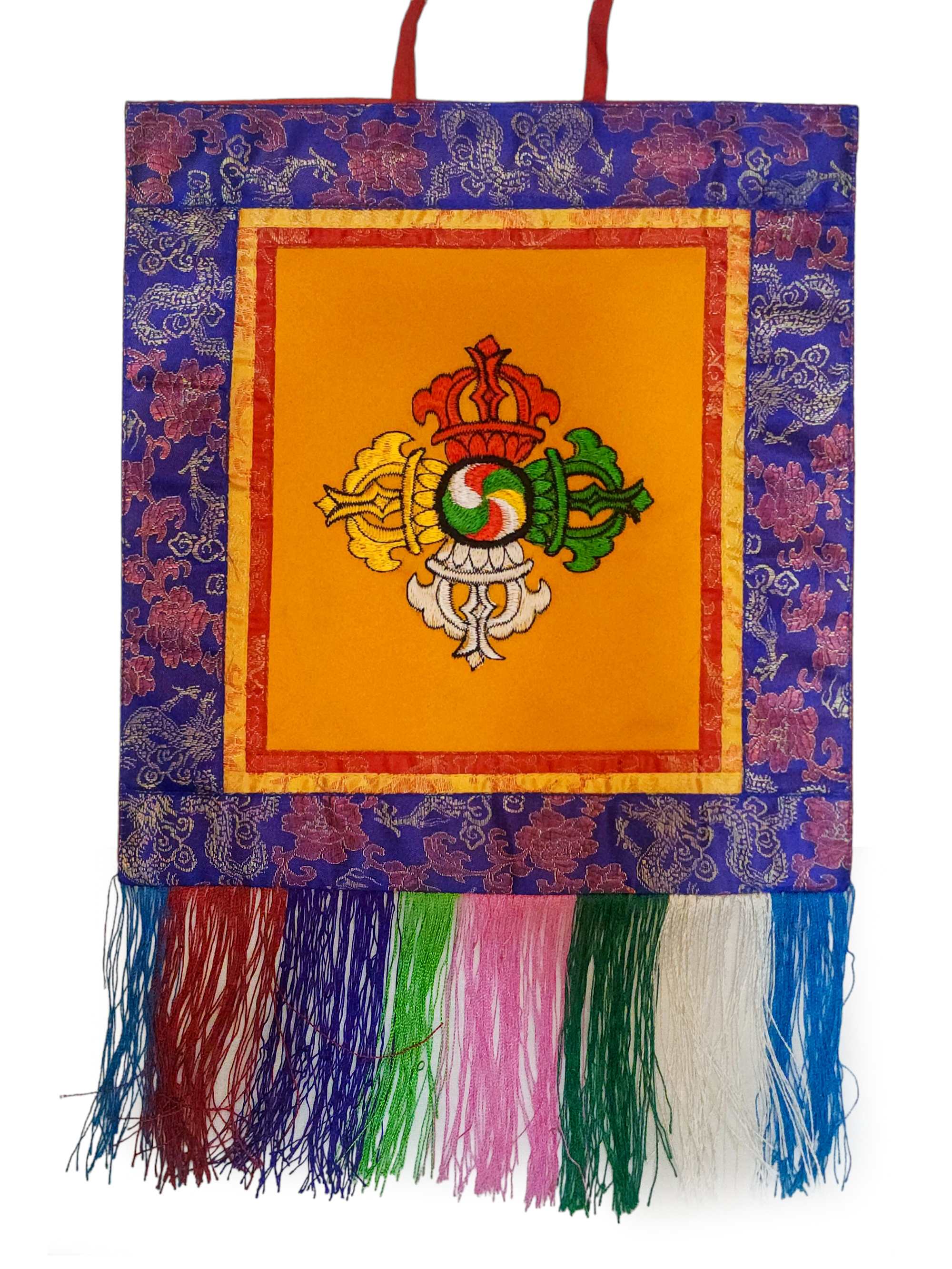 with Embroidered Dorje" title="Tibetan Cochin Brocade Wall Hanging
with Embroidered Dorje" title="Tibetan Cochin Brocade Wall Hanging 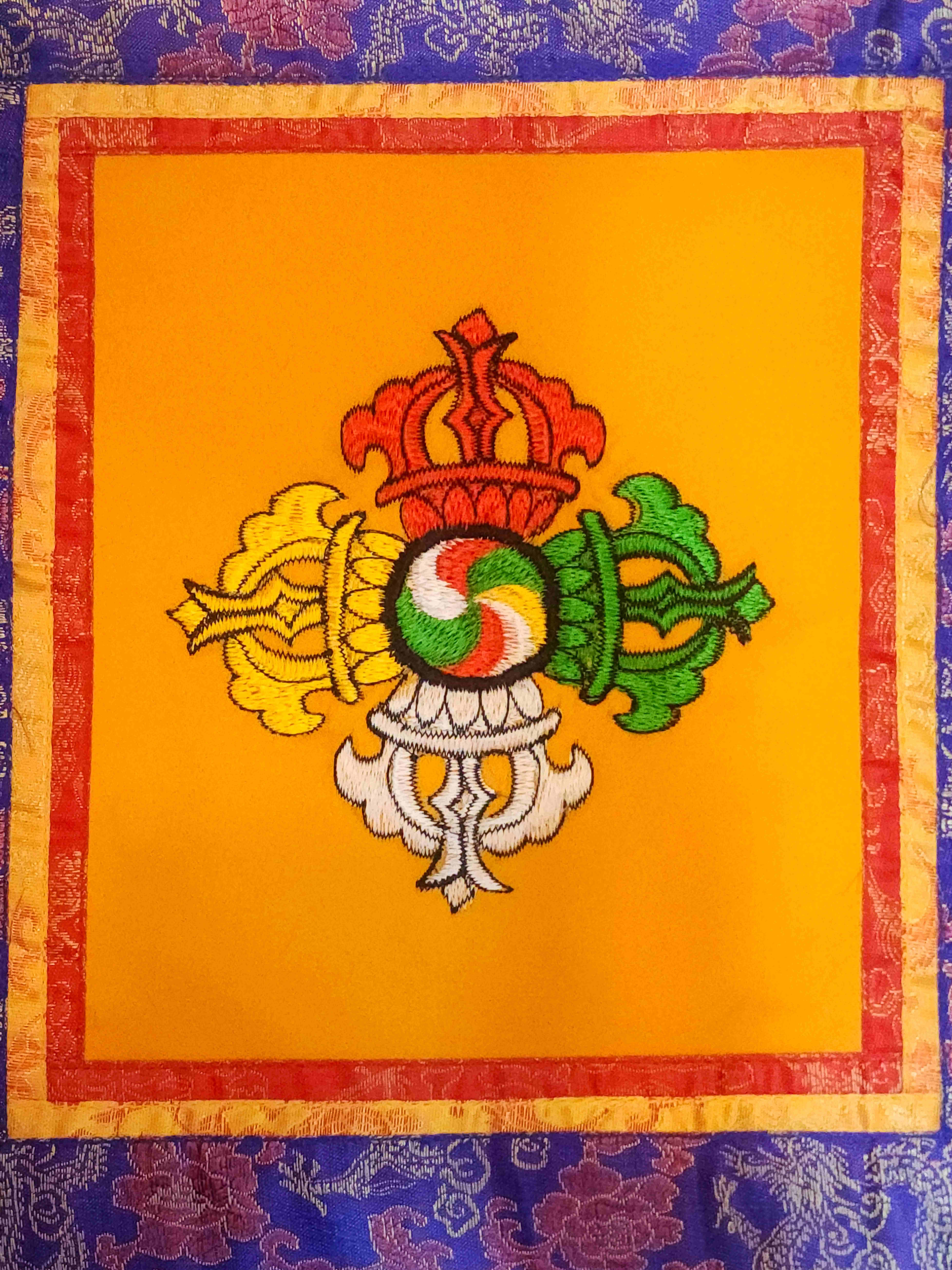 with Embroidered Dorje" title="Tibetan Cochin Brocade Wall Hanging
with Embroidered Dorje" title="Tibetan Cochin Brocade Wall Hanging 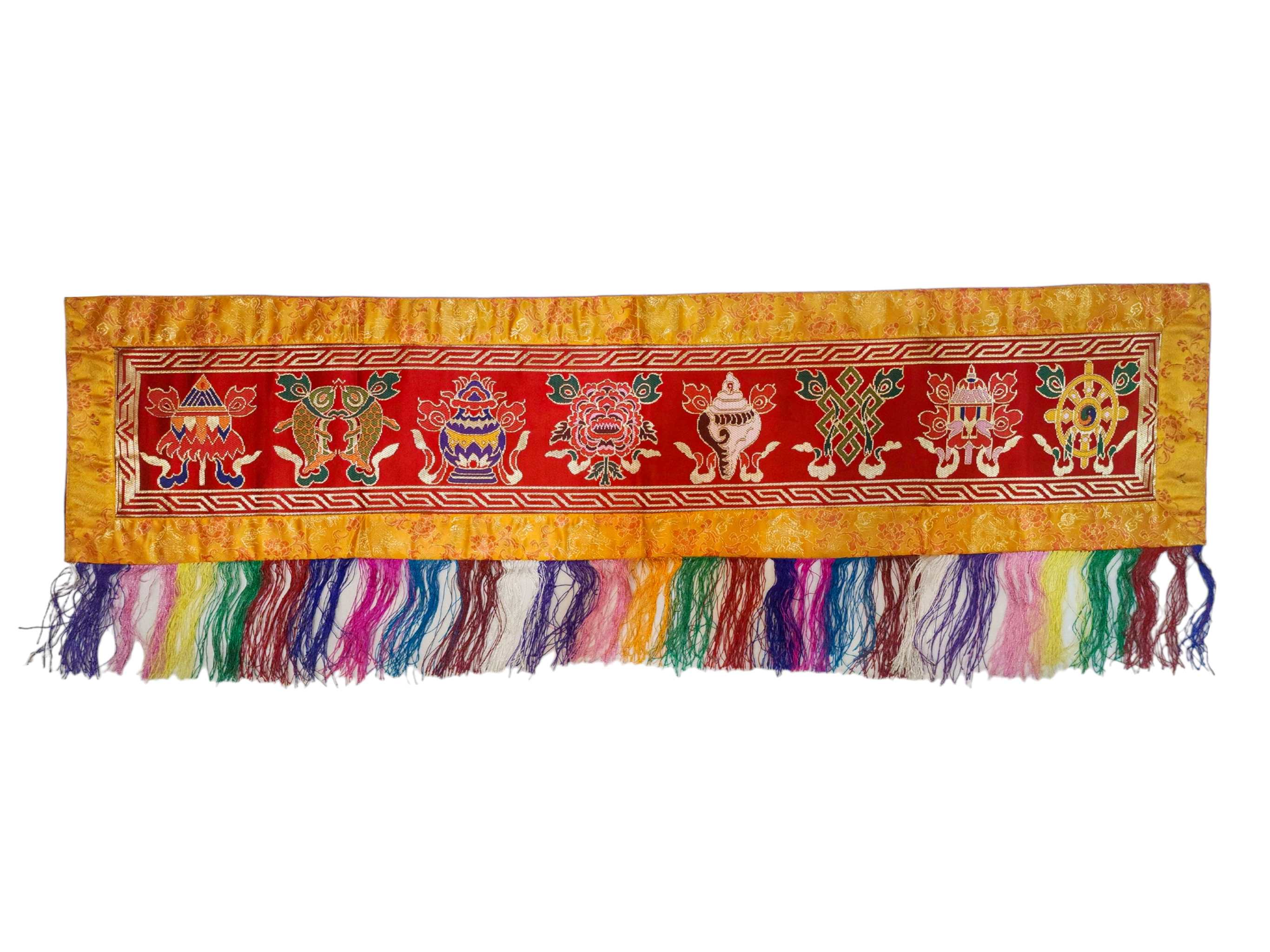 with Embroidered Ashtamangala" title="Tibetan Cochin Brocade Wall Hanging
with Embroidered Ashtamangala" title="Tibetan Cochin Brocade Wall Hanging 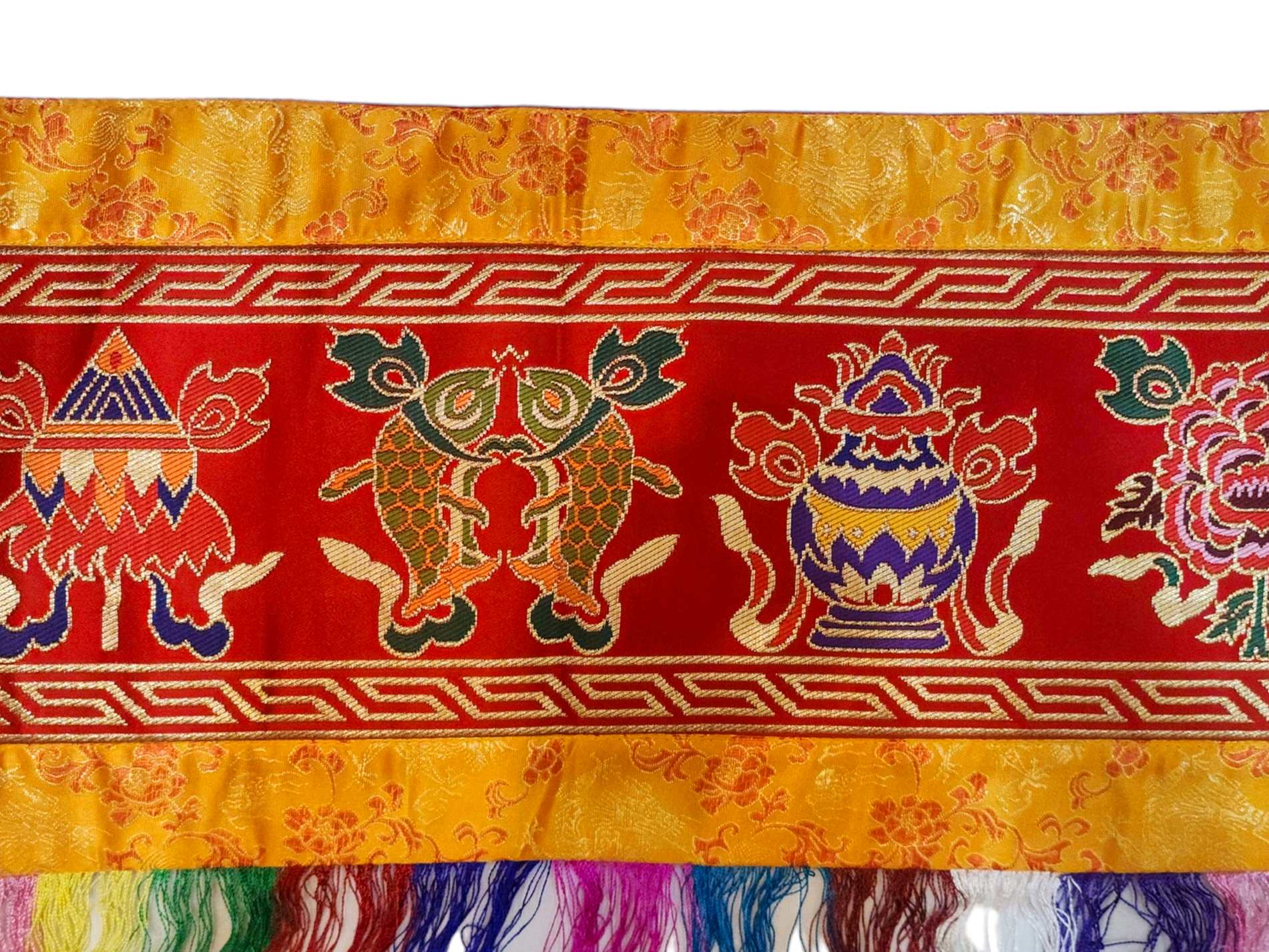 with Embroidered Ashtamangala" title="Tibetan Cochin Brocade Wall Hanging
with Embroidered Ashtamangala" title="Tibetan Cochin Brocade Wall Hanging 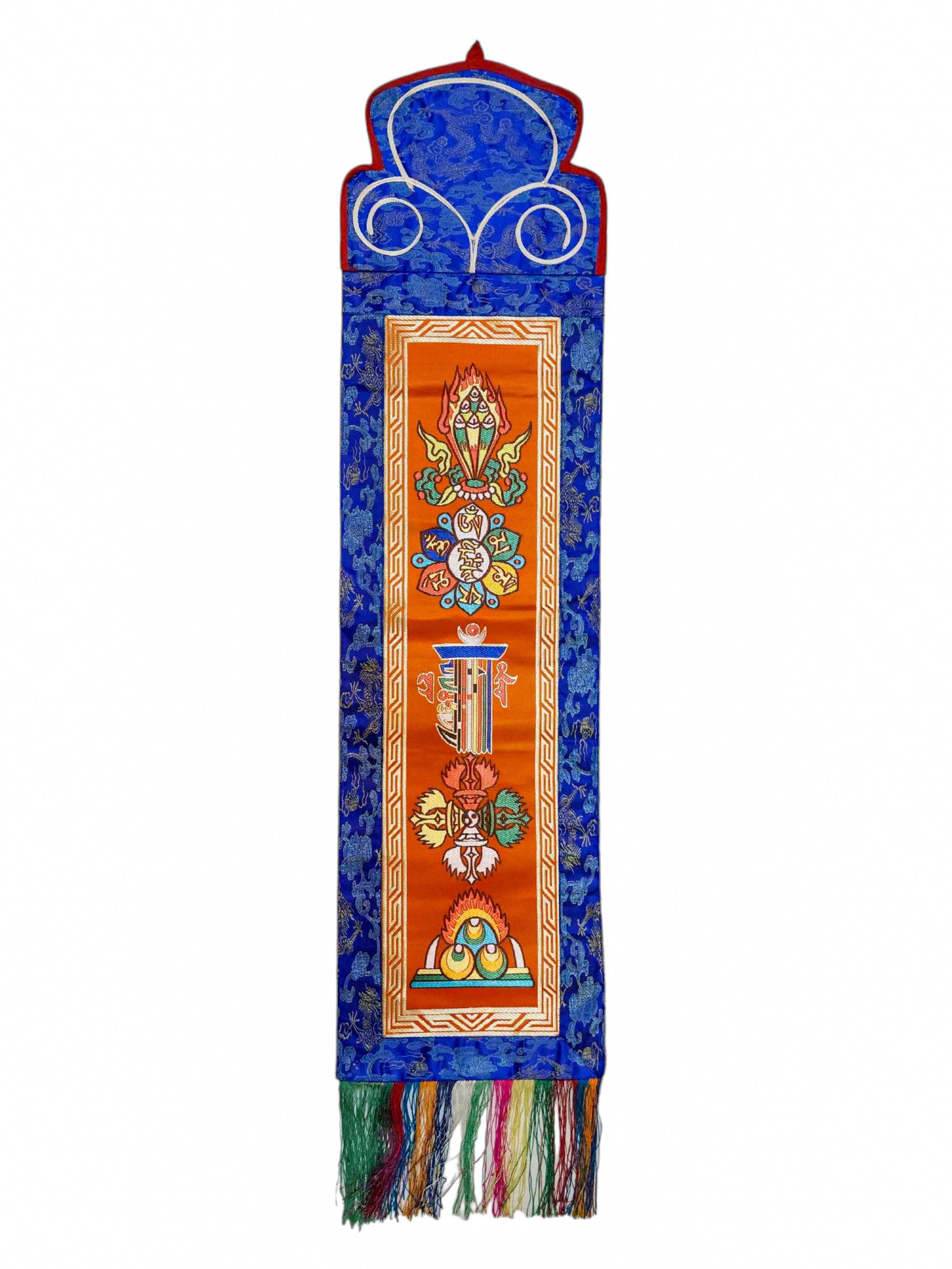 with Embroidered Double Dorje
with Embroidered Double Dorje 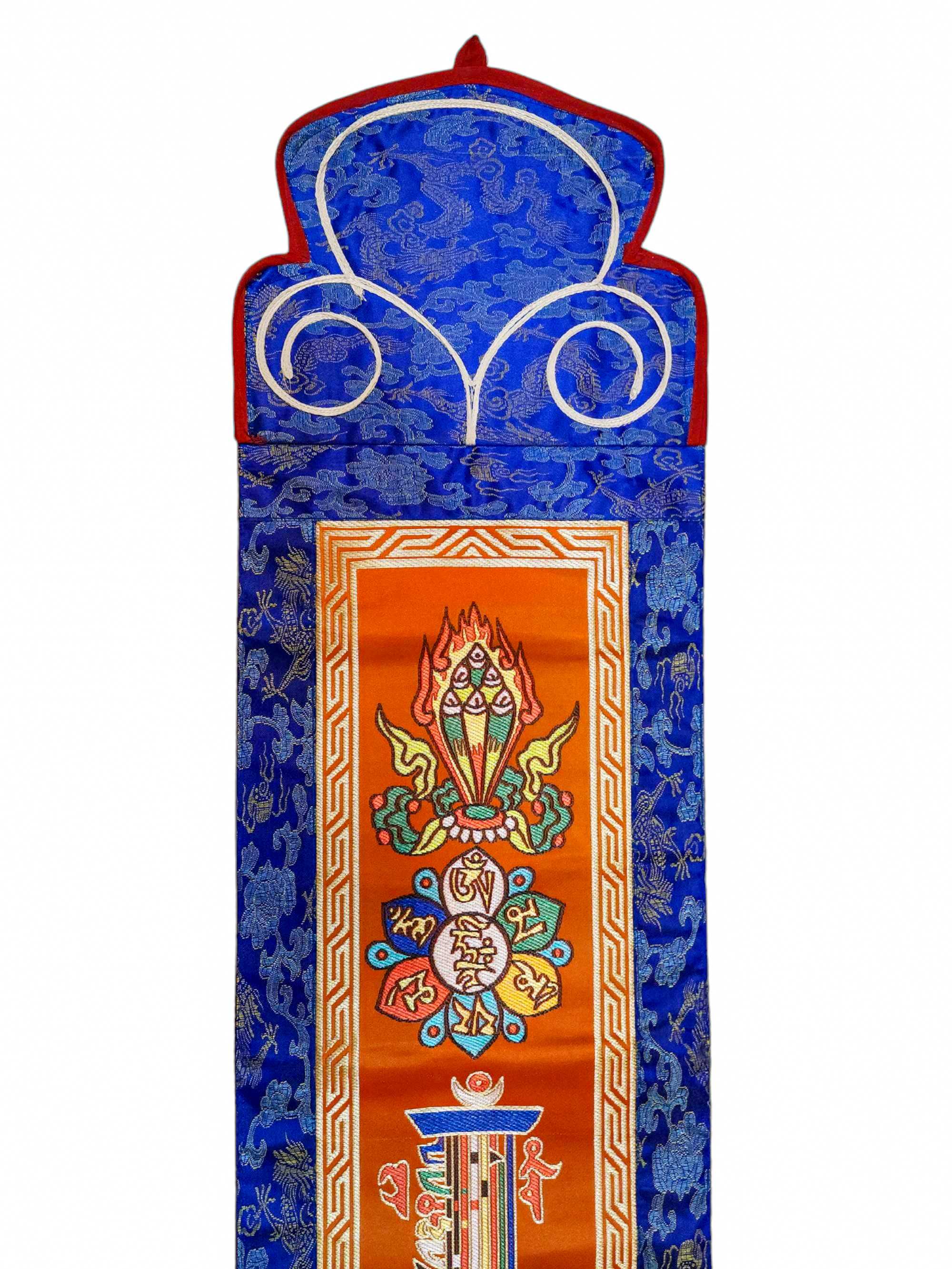 with Embroidered Double Dorje
with Embroidered Double Dorje 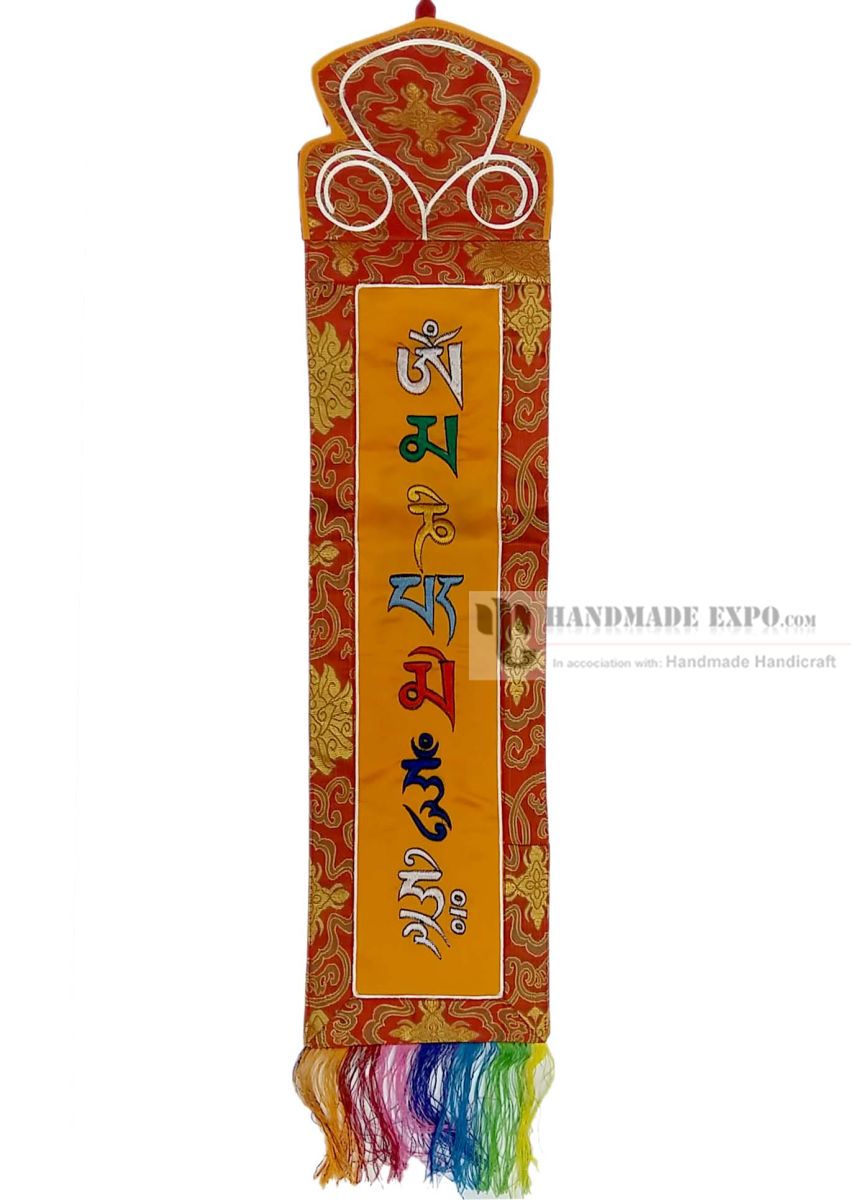 of Om Mani Padme Hum" title="Embroidery Vertical Brocade
of Om Mani Padme Hum" title="Embroidery Vertical Brocade 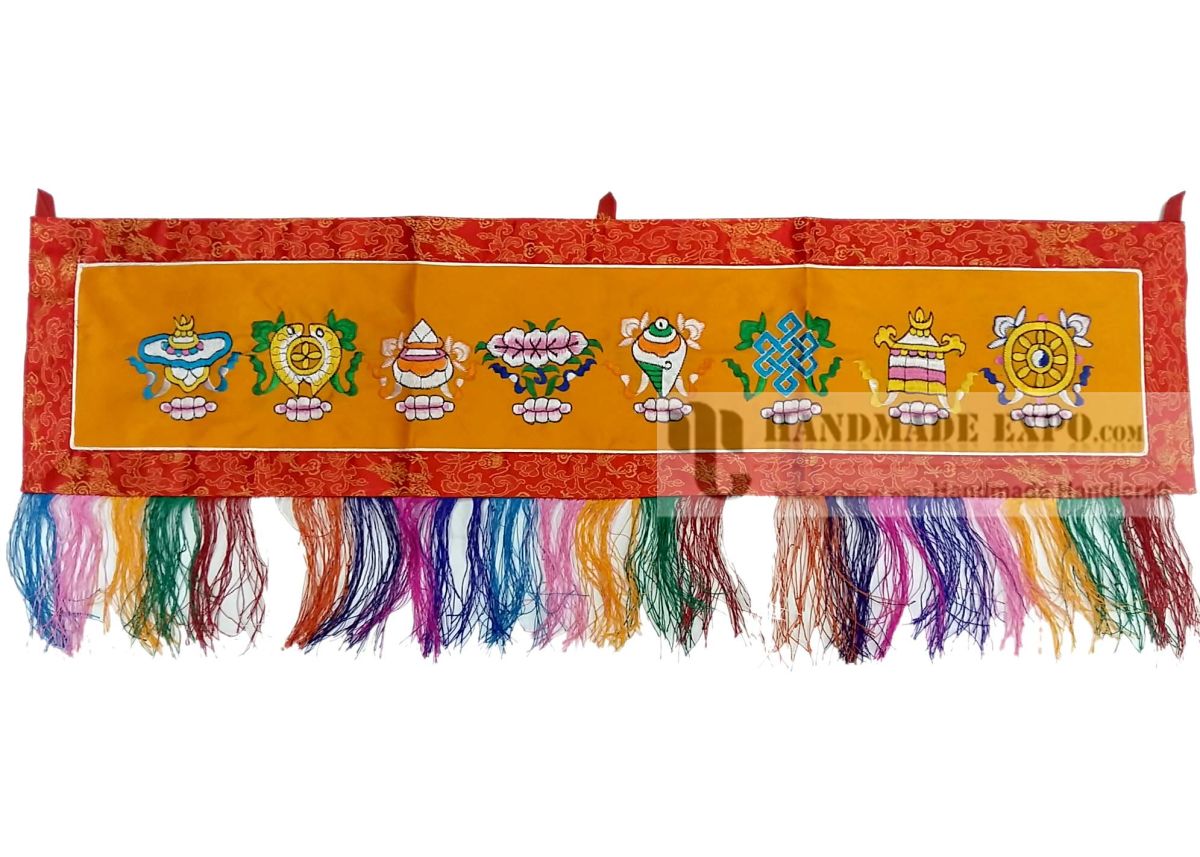 of Ashtamangalaa" title="Embroidery Horizontal Brocade
of Ashtamangalaa" title="Embroidery Horizontal Brocade